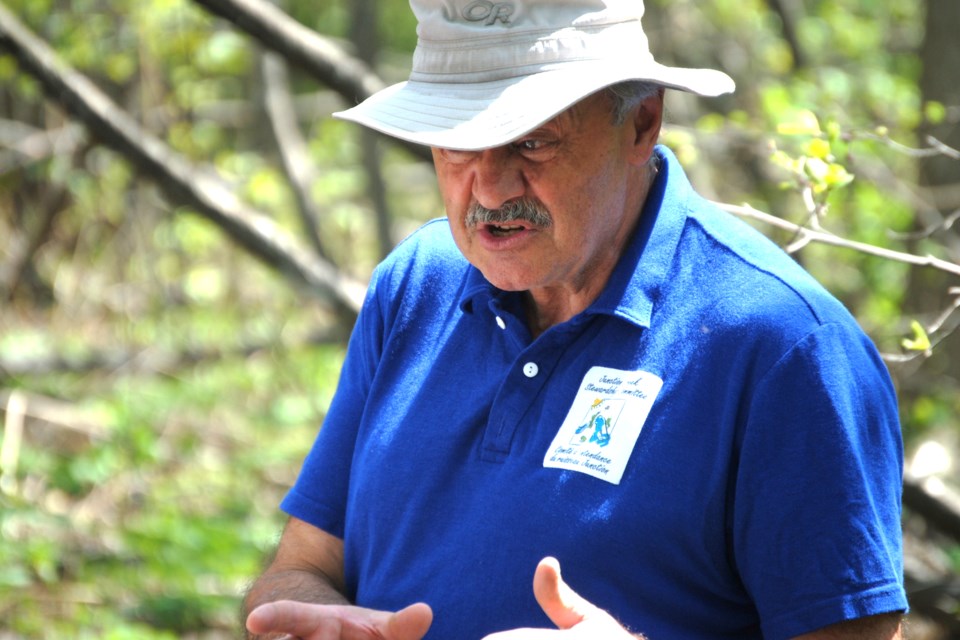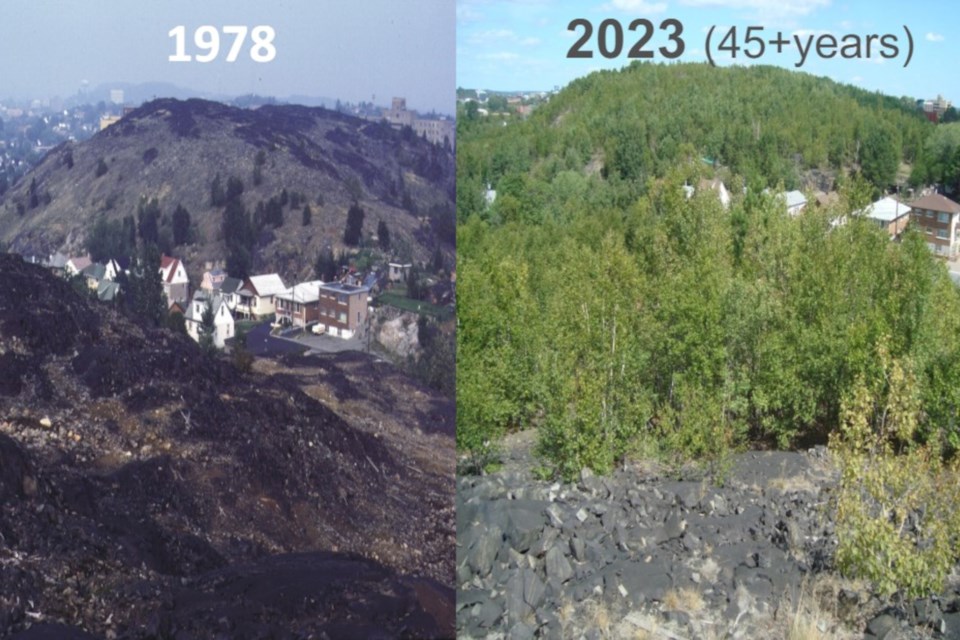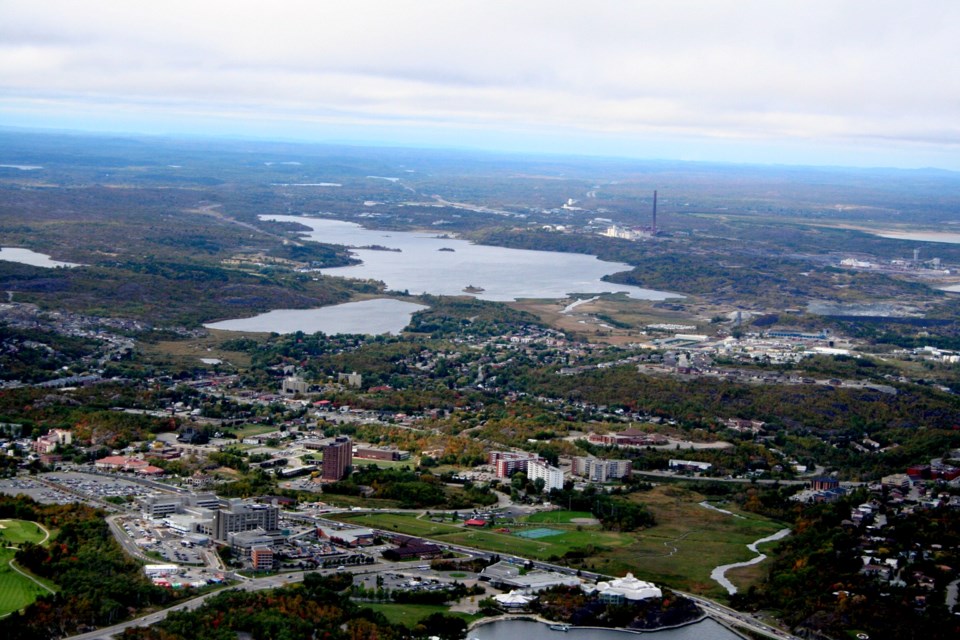The City of Greater Sudbury is working toward the conservation of approximately 109,000 hectares of land and water by 2030, as part of a broader national initiative.
Conserving 30 per cent of Greater Sudbury’s almost 4,000-square-kilometre land base shouldn’t be too difficult, said Franco Mariotti, the chair of the Mayor’s Task Force on 30x30 working group, during Tuesday’s meeting at Tom Davies Square.
Approximately 40,000 hectares of land (36.7 per cent of their goal) is already protected within such things as provincial parks, LU greenspace and Conservation Sudbury property, he said.

“This is already existing, there’s no debate about it, they’re already protected,” he said, adding that the 69,000-hectare balance of land may be attained by incorporating existing Crown, municipal and institutional lands.
The 30x30 movement stems from a commitment the Government of Canada made during the United Nations Convention on Biological Diversity in 2022.
Affected lands are called “Other Effective area-based Conservation Measures,” which Mariotti clarified as being less broadly protected than nature preserves.
“People will have access to all of these places,” he said, adding that while some development can take place on affected land, it must be done in such a way that it maintains “a sustainable habitat for all the creatures that live there.”
The federal government describes the lands as representing “an exciting intersection between people, economics and nature — managing the land and marine water for a particular purpose, in ways that also achieve the conservation of biodiversity.”
The working group Mariotti chairs has been charged with identifying lands to be included in the national 30x30 network.
During his presentation, Mariotti — a biologist and longtime environmental steward known for his work with Science North and the Junction Creek Stewardship Committee — described the 30x30 effort as a means of protecting what area residents currently have and building upon it.
Prior to local regreening efforts, he said the Greater Sudbury of 40 to 50 years ago was “barren and black,” with the region best known for its resemblance to a moonscape.

Through the city’s regreening efforts, which is 10-million trees and counting, he said the city has gone “from a moonscape to a greenscape.”
“We’ve restored life in Sudbury,” Mariotti said. “It’s an incredible success story, and one that has made most of us extremely proud of what we have achieved.”
During this time, he added, “We’ve promoted economic development, we’ve attracted tourists, we’ve improved our health both physical and mental ... and we’ve improved the quality of life for all life in Sudbury.”
Conserving 30 per cent of Greater Sudbury into the long term won’t take anything away, he clarified.
“We are not a roadblock to development,” he said. “We do not impact on housing developments the city has already identified.”
Tuesday’s motion of city council, presented by Mayor Paul Lefebvre and unanimously supported, will see to it that the Mayor’s Task Force on 30/30, made up of local environmental stewards and city council members, prepare a preliminary list of properties to city council by the end of September.
They’re also to engage with local Indigenous communities, the provincial government and private landowners to identify potential sites for assessment, work toward promoting Greater Sudbury as “an ecologically healthy place to live, work, play and visit,” and provide biannual (twice per year) updates to city council outlining their progress.
Tyler Clarke covers city hall and political affairs for Sudbury.com.
